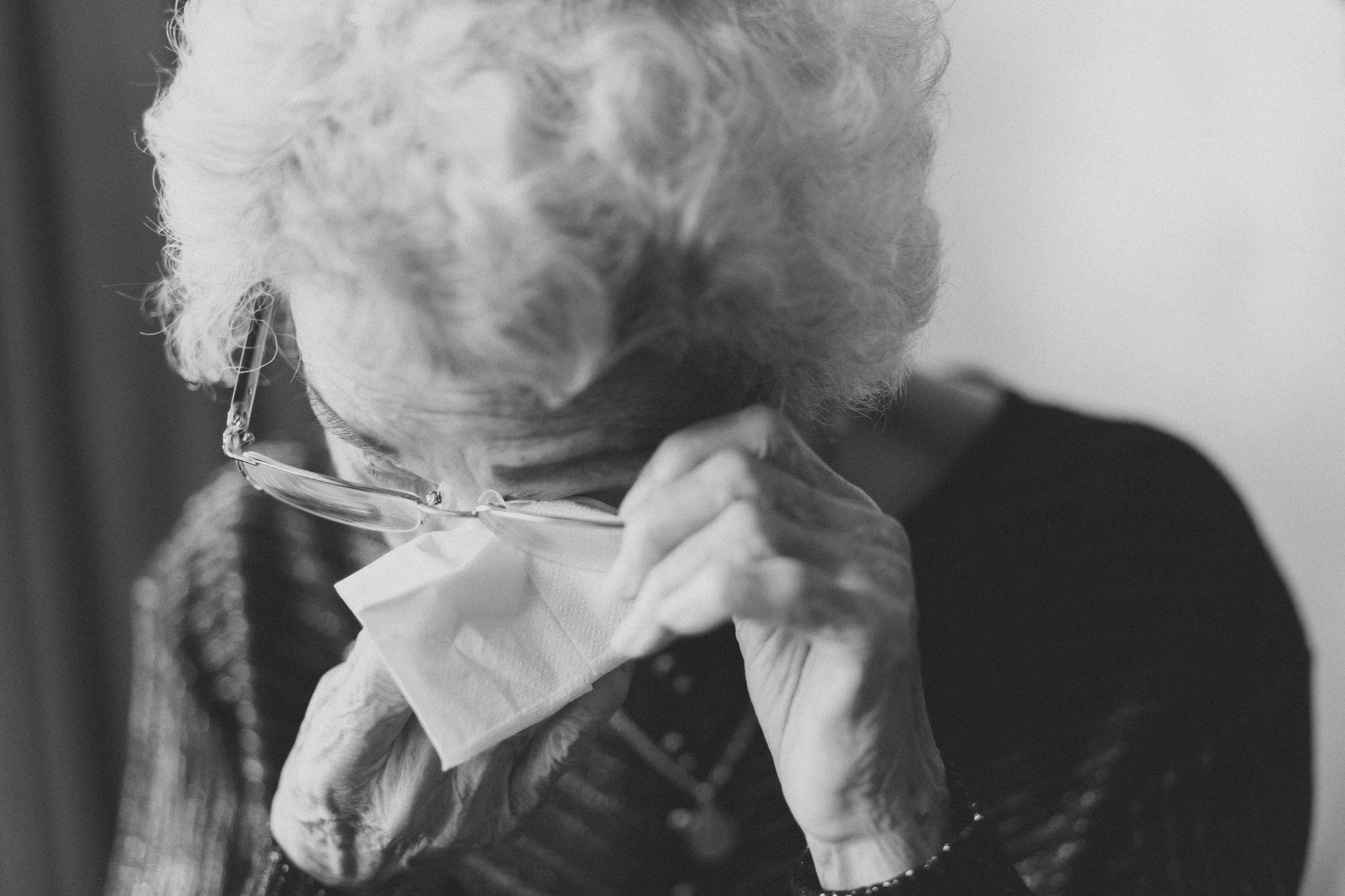Nursing Homes Pushing “Ultrahigh Intensity” Care for Large Medicare Payouts?
The proportion of nursing home residents who received “ultrahigh intensity” rehabilitation increased by 65 percent from October 2012 to April 2016, according to research published by the University of Rochester. Medicare defines “ultrahigh” therapy as more than twelve hours per week. The university’s study analyzed data from 647 New York-based nursing homes and 55,691 residents, with a specific focus on those who received very high to ultrahigh rehabilitation services, which included physical, occupational, and speech during the last 30 days of their life. The findings could suggest that homes are choosing to label patients this way for larger payouts.
University researchers pulled information from New York nursing homes’ Minimum Data Set assessments, which track a patient’s health status and socio-demographics, as well as the Centers for Medicare and Medicaid Services’ (CMS) Nursing Home Compare website. The findings raise questions about financial motives, said Helena Temkin-Greener, the lead author of the study and a professor at the University of Rochester Medical Center Department of Public Health Sciences.
Nursing home Medicare reimbursement payouts are based on categories that place patients into resource utilization groups (RUGs) based on the complexity, intensity, and amount of staff time dedicated to their care. Nursing homes receive significant payouts for patients facing time-intensive rehabilitation, and the study showed for-profit nursing homes were more than two times as likely to use high to ultrahigh intensity therapy than others.

“There’s a possibility that nursing homes know a patient is approaching end of life, but the financial pressures are so high that they use these treatments, so they can maximize revenue,” she said, adding, “If it’s being driven by a failure to recognize that a resident is approaching end-of-life, then it calls for improving the skills of nursing home teams. If ultrahigh therapy is good for patients at end of life, why are only for-profits using it?”
For some, alternative treatment would be the better choice. “These are often sick and frail patients in whom the risks of intensive levels of rehabilitation actually outweigh the benefits,” says study co-author Thomas Caprio, a geriatrician and hospice physician. “It can increase the burden of pain and exhaustion experienced by patients and contribute to their suffering. More worryingly, the focus on maximizing rehabilitation may represent an unnecessary barrier to the timely introduction of hospice and palliative care.”
Daniel Ciolek, associate vice president of therapy advocacy at the American Health Care Association, said, “It is important for [skilled nursing facility] providers and their care teams to consider the risk-benefit of potential therapy interventions and dosage relative to the resident’s current health status.”
Aaron Tripp, the director of long-term care policy and analytics at LeadingAge, agreed, saying, “Reimbursement policy should be driven by what it costs to provide high-quality care to all Medicare beneficiaries. If someone comes into a skilled nursing home facility with high degrees of medical complexity but not in need of rehab, they shouldn’t be at a disadvantage because the system provides incentives for patients in need of high therapy.”
Ciolek believes the study gives a false impression that the findings apply to all admissions. Temkin-Greener said the research “clearly focused on long-term decedent residents for whom high-intensity therapy delivered at the end of life is not indicated. However, with about 30 percent of all Americans dying in nursing homes, this can hardly be described as a ‘very narrow SNF population.’”
“This is a nationwide problem,” said Paul Ginsburg, director of the USC-Brookings Schaeffer Initiative for Health Policy, regarding labeling for larger payouts. “I would suspect this isn’t unique to New York, since these distortions in our payment system are national.”
Temkin-Greener posed the question, “If ultrahigh therapy is good for patients at end of life, why are only for-profits using it? These people are using high-intensity services without justification.”
Beginning Oct. 1, 2019, CMS will implement a new ‘Patient-Driven Payment Model’ that will determine payments based on a patient’s condition and health needs. “It will level the playing field, so there won’t be the financial incentive to have therapy drive payment as much as it does today,” Tripp, of the nonprofit Medicare Payment Advisory Commission, said. “In a perfect world, the new model would help mitigate this. But it’s too early to say.”


Join the conversation!